News
WATER USE EFFICIENCY OF TREES
The effect of elevated atmospheric CO2 concentrations on the water-use efficiencies of trees is clearly positive, having been documented in a number of different single-species studies of longleaf pine (Runion et al., 19991), red oak (Anderson and Tomlinson, 19982), scrub oak (Lodge et al., 20013), silver birch (Rey and Jarvis, 19984), beech (Bucher-Wallin et al., 20005; Egli et al., 19986), sweetgum (Gunderson et al., 20027; Wullschleger and Norby, 20018) and spruce (Roberntz and Stockfors, 19989). Likewise, in a multi-species study performed by Tjoelker et al. (1998)10, seedlings of quaking aspen, paper birch, tamarack, black spruce and jack pine, which, were grown at 580 ppm CO2 for three months, displayed water-use efficiencies that were 40 to 80% larger than those exhibited by their respective controls grown at 370 ppm CO2.
Similar results have also been obtained when trees were exposed to different environmental stresses. In a study conducted by Centritto et al. (1999)11, for example, cherry seedlings grown at twice-ambient levels of atmospheric CO2 displayed water-use efficiencies that were 50% greater than their ambient controls,regardless of soil moisture status. And in the study of Wayne et al. (1998)12, yellow birch seedlings grown at 800 ppm CO2 had water-use efficiencies that were 52 and 94% greater than their respective controls, while simultaneously subjected to uncharacteristically low and high air temperature regimes, respectively.
In some parts of the world, perennial woody species have been exposed to elevated atmospheric CO2 concentrations for decades, due to their proximity to CO2-emitting springs and vents in the earth, allowing scientists to assess the long-term effects of this phenomenon. In Venezuela, for example, the water-use efficiency of a common tree exposed to a lifetime atmospheric CO2 concentration of approximately 1,000 ppm rose 2-fold and 19-fold during the local wet and dry seasons, respectively (Fernandez et al., 199813). Similarly, Bartak et al. (1999)14 reported that 30-year-old Arbutus unedo trees growing in central Italy at a lifetime atmospheric CO2 concentration around 465 ppm exhibited water-use efficiencies that were 100% greater than control trees growing at a lifetime CO2 concentration of 355 ppm. Also, two species of oak in central Italy that had been growing for 15 to 25 years at an atmospheric CO2 concentration ranging from 500 to 1000 ppm displayed "such marked increases in water-use efficiency under elevated CO2," in the words of the scientists who studied them, that this phenomenon "might be of great importance in Mediterranean environments in the perspective of global climate change," as suggested by the work of Blaschke et al. (2001)15 and Tognetti et al. (1998)16. Thus, the long-term effects of elevated CO2 concentrations on water-use efficiency are likely to persist and increase with increasing atmospheric CO2 concentrations.
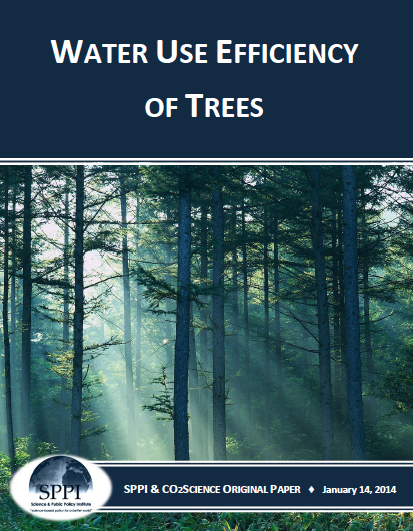
More News

The Influence of CO2 on Plant Antioxidants
Center for the Study of Carbon Dioxide and Global Change. "The Influence of CO2 on Plant Antioxidants.” Last modified January 8, 2015. http://www.co2science.org/subject/a/summaries/antioxidants.php.
Released On: 1/16/2015
Views: 6494
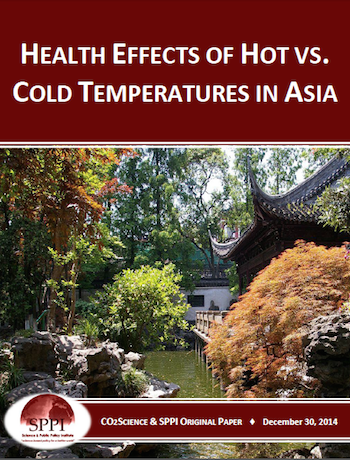
Health Effects of Hot Vs Cold Temperatures in Asia
Health Effects of Hot Vs Cold Temperatures in Asia.
Released On: 1/5/2015
Views: 6727
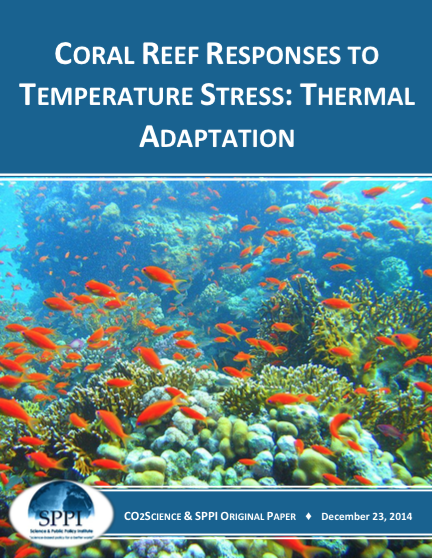
Coral Reef Responses to Temperature Stress: Thermal Adaptation
Coral Reef Responses to Temperature Stress: Thermal Adaptation. As living entities, corals are not only acted upon by the various elements of their environment,they also react or respond to them.
Released On: 12/29/2014
Views: 6361

Forest Growth Response to CO2
Forest Growth Response to CO2. By examining various properties of tree rings, researchers can deduce how historical increases in the air's CO2 concentration have already affected tree productivity and water use efficiency.
Released On: 12/29/2014
Views: 4986

Onward Marches the Great Pause
Onward Marches the Great Pause. Since October 1996 there has been no global warming at all (Fig. 1).
Released On: 12/29/2014
Views: 4029

RESPONSE OF VARIOUS MARINE ANIMALS TO OCEAN ACIDIFICATION AND WARMING
RESPONSE OF VARIOUS MARINE ANIMALS TO OCEAN ACIDIFICATION AND WARMING.
Released On: 12/8/2014
Views: 3686

FACE EXPERIMENTS AND GRASSLAND SPECIES
FACE EXPERIMENTS AND GRASSLAND SPECIES.
Released On: 12/8/2014
Views: 4261

EFFECTS OF OCEAN ACIDIFICATION ON FISH
EFFECTS OF OCEAN ACIDIFICATION ON FISH.
Released On: 12/8/2014
Views: 4276

Response of Fish to Ocean Warming
Response of Fish to Ocean Warming. According to the IPCC, CO2-induced global warming will be net harmful to the world's marine species.
Released On: 11/21/2014
Views: 4187

Long-Term Open-Top-Chamber Study of Sour Orange Trees
Long-Term Open-Top-Chamber Study of Sour Orange Trees. Eight 30-cm-tall sour orange tree (Citrus aurantium L.) seedlings were planted directly into the ground at the Agricultural Research Service's U.S. Water Conservation Laboratory in Phoenix, A ...
Released On: 11/21/2014
Views: 4214
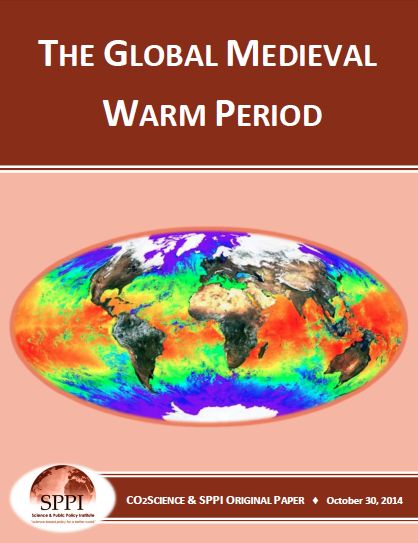
The Global Medieval Warm Period
The Global Medieval Warm Period. Between the 10th and 14th centuries AD, earth's average global temperature may have been warmer than it is today.
Released On: 11/21/2014
Views: 4028
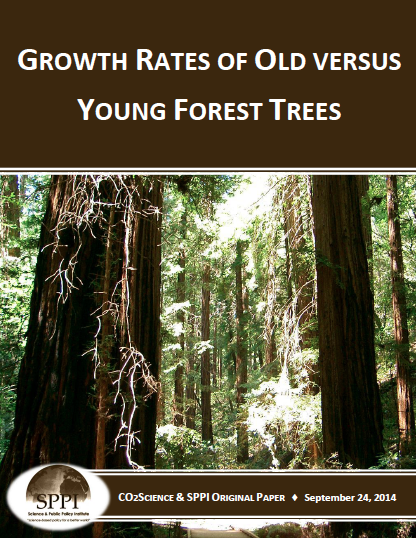
Growth Rates of Old versus Young Forest Trees
Growth Rates of Old versus Young Forest Trees. The planting and preservation of forests has long been acknowledged to be an effective and environmentally-friendly means for slowing climate-model-predicted CO2-induced global warming.
Released On: 9/30/2014
Views: 4290
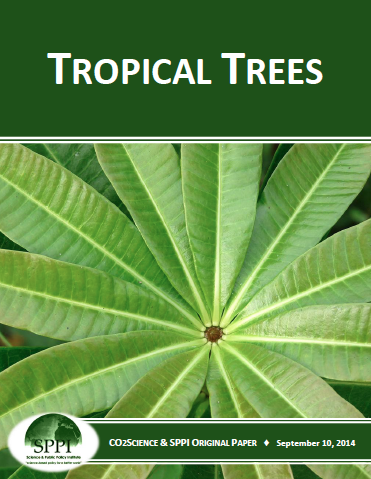
Tropical Trees
Citation: Center for the Study of Carbon Dioxide and Global Change. "Tropical Trees.”
Released On: 9/30/2014
Views: 4357
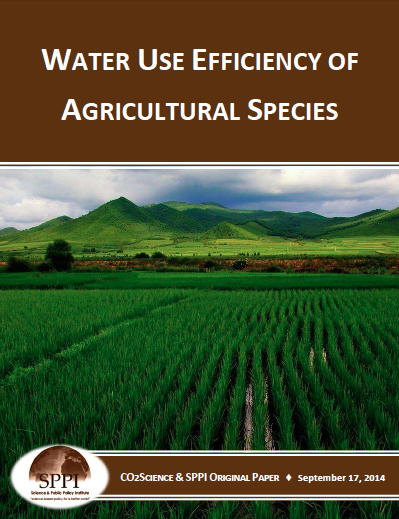
Water Use Efficiency of Agricultural Species
Water Use Efficiency of Agricultural Species.
Released On: 9/30/2014
Views: 4240
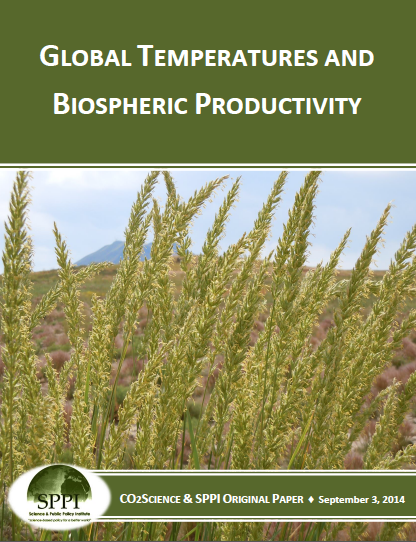
GLOBAL TEMPERATURES AND BIOSPHERIC PRODUCTIVITY
Global temperatures and biospheric productivity. Among the many climate-alarmist fears of CO2-induced global warming is the concern that the productivity of the biosphere will decline if global temperatures rise to the extent predicted by compute ...
Released On: 9/13/2014
Views: 4222
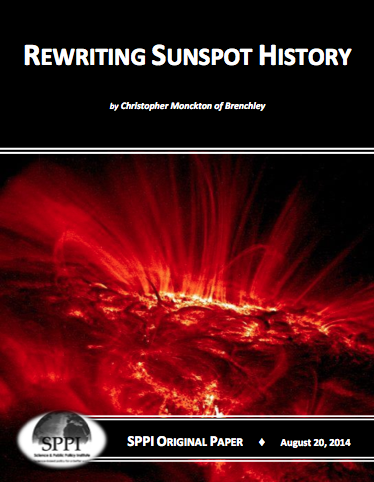
REWRITING SUNSPOT HISTORY
Rewriting sunspot history. In 2006, when I first made the mistake of writing publicly of my doubts about the Party Line on manmade global warming.
Released On: 9/13/2014
Views: 4284
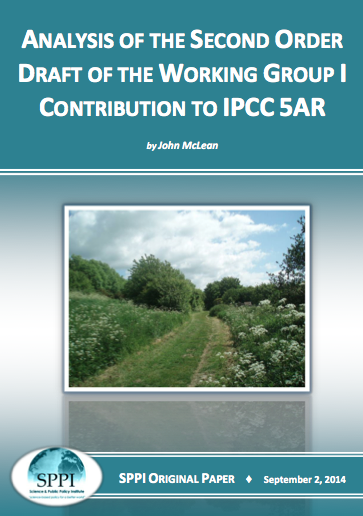
ANALYSIS OF THE SECOND ORDER DRAFT OF THE WORKING GROUP I CONTRIBUTION TO IPCC 5AR
ANALYSIS OF THE SECOND ORDER DRAFT OF THE WORKING GROUP I CONTRIBUTION TO IPCC 5AR. The preparation of IPCC Assessment Reports involves several stages.
Released On: 9/13/2014
Views: 4104
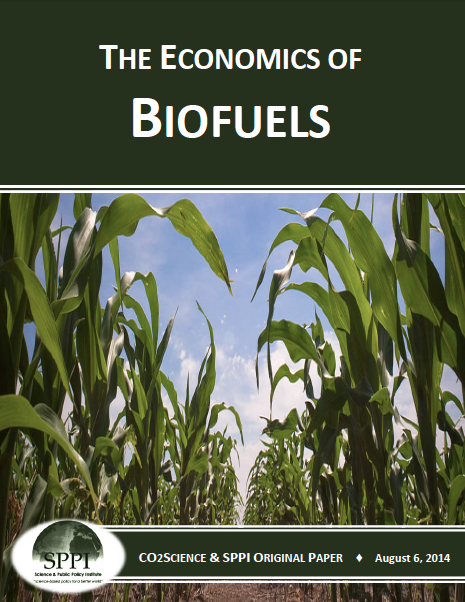
THE ECONOMICS OF BIOFUELS
The economics of biofuels. Aside from rejecting biofuel expansion and use for environmental reasons.
Released On: 9/13/2014
Views: 3944



